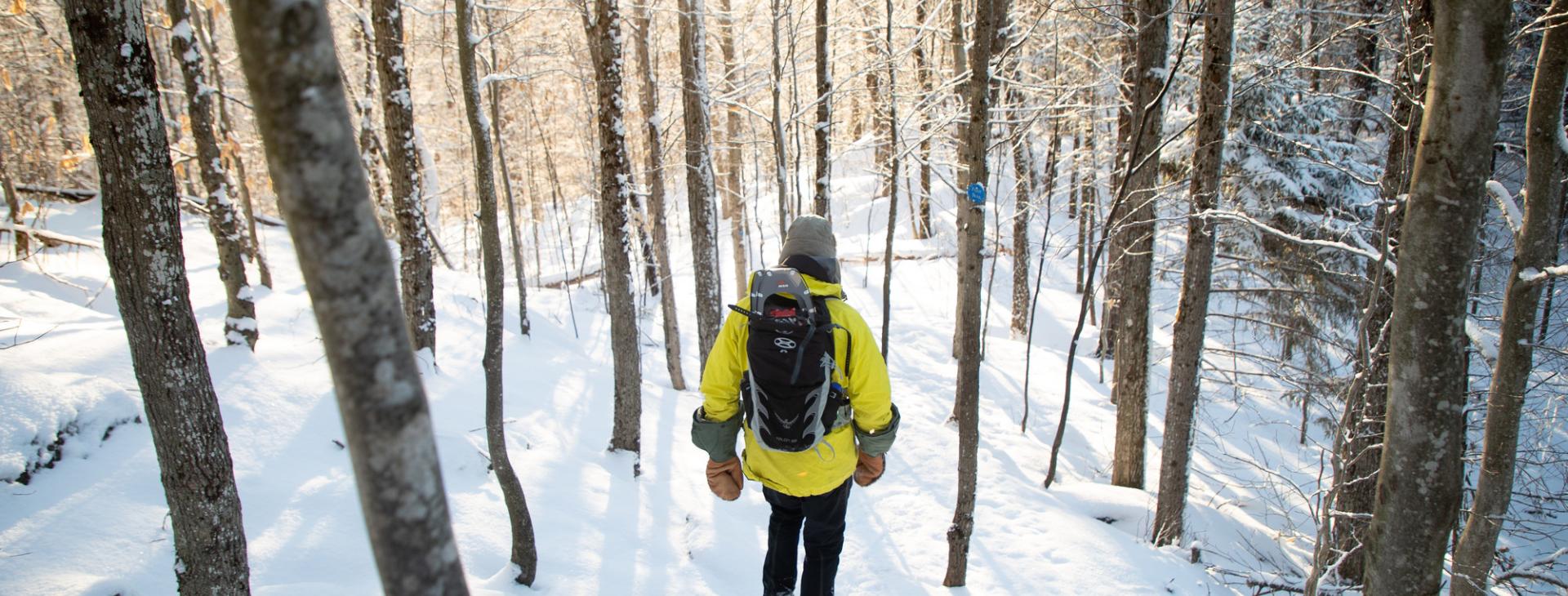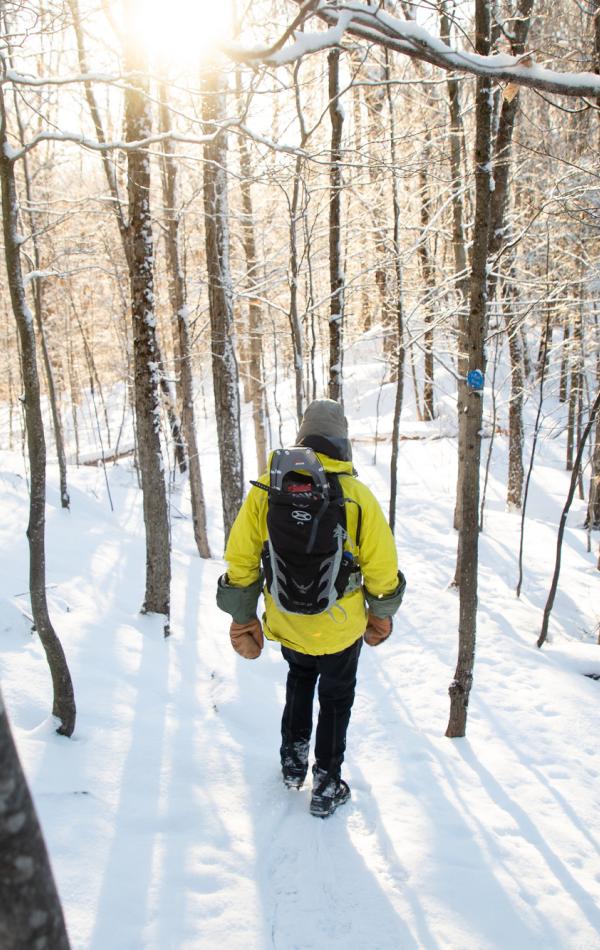-
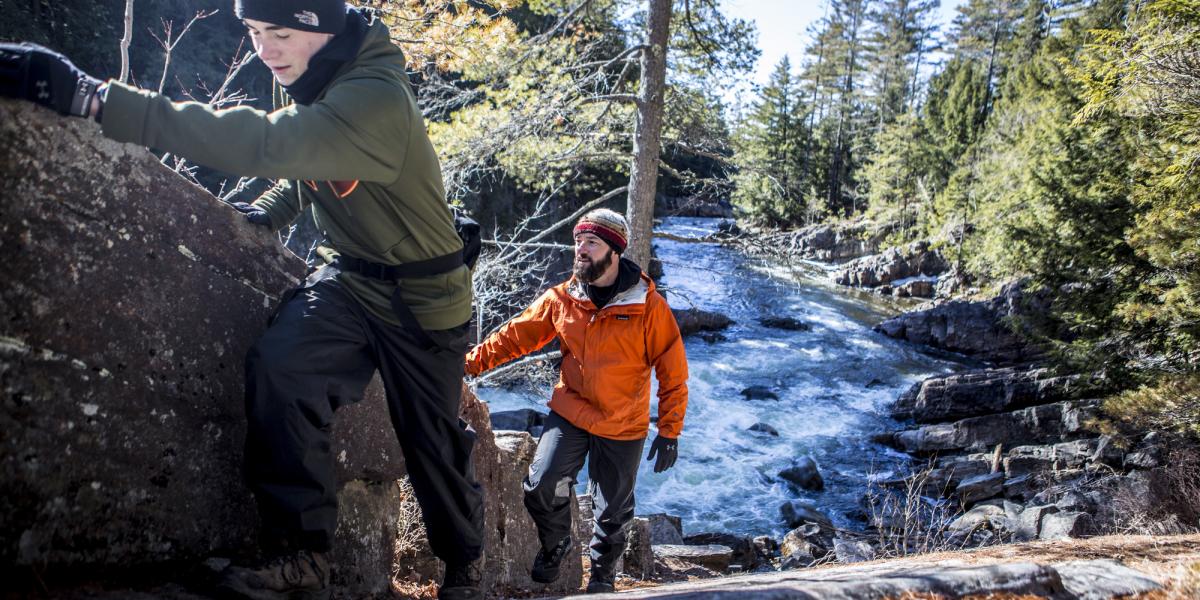 Hiking Hamilton CountyFrom waterfalls to fire towers, the central Adirondacks has every kind of hike imaginableHamilton County hiking
Hiking Hamilton CountyFrom waterfalls to fire towers, the central Adirondacks has every kind of hike imaginableHamilton County hiking -
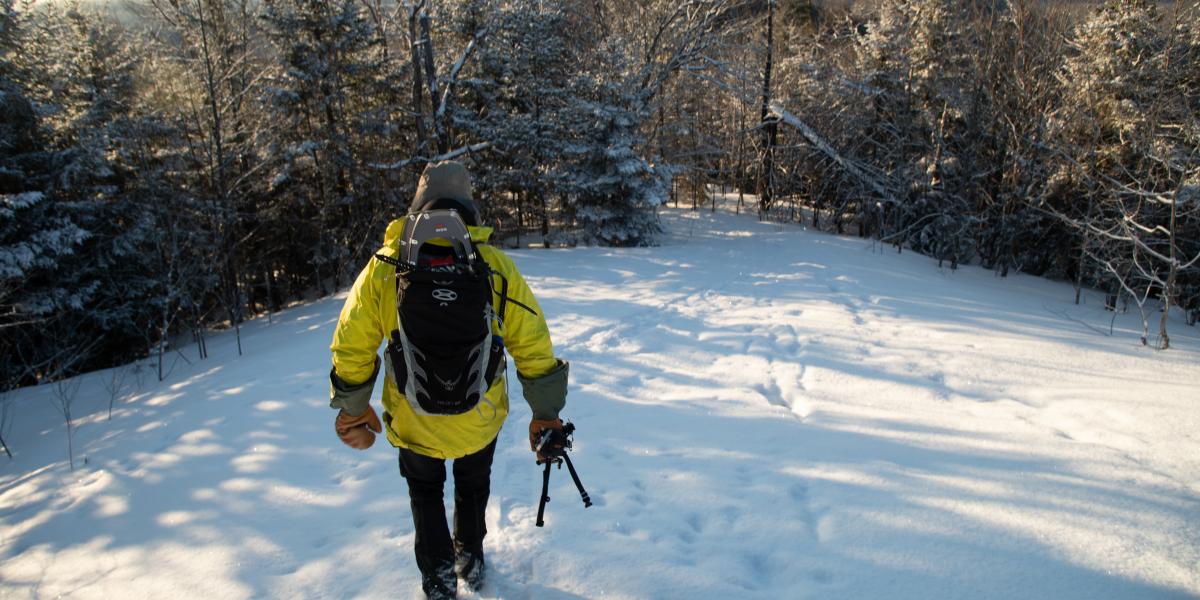 Tackle the Tupper TriadIn addition to the family-friendly hikes of the Triad, Tupper Lake has something for every abilityTupper Lake hikes
Tackle the Tupper TriadIn addition to the family-friendly hikes of the Triad, Tupper Lake has something for every abilityTupper Lake hikes -
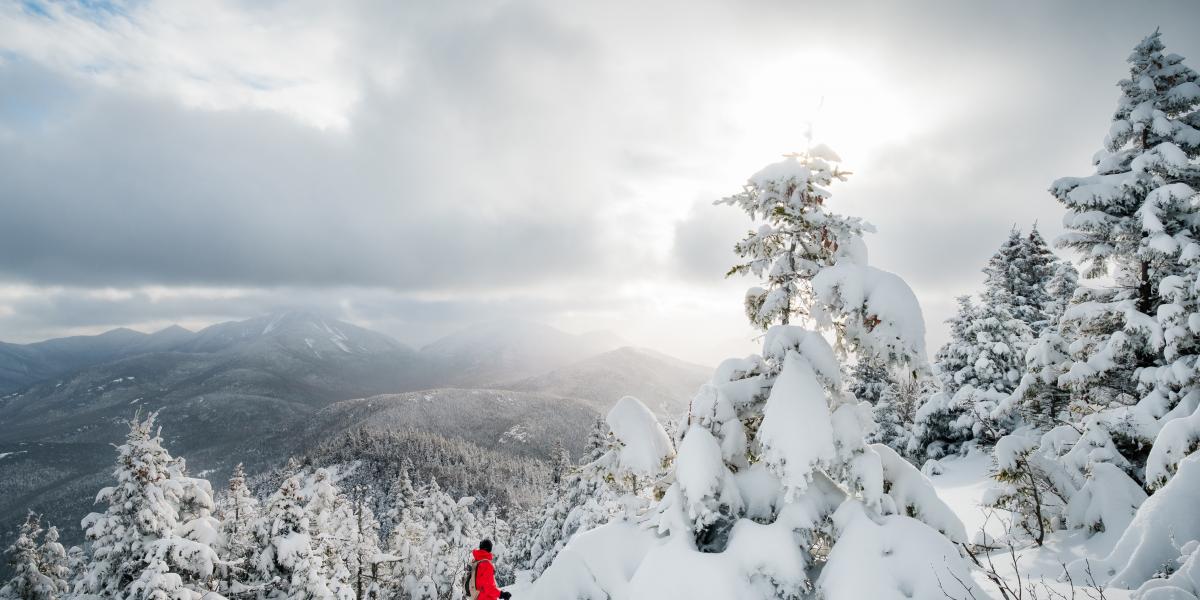 Hiking around Lake PlacidLake Placid is in close proximity to some of the most sought-after mountains in the Adirondacks, as well as some less-visited gemsHigh Peaks and non-High Peaks hikes await
Hiking around Lake PlacidLake Placid is in close proximity to some of the most sought-after mountains in the Adirondacks, as well as some less-visited gemsHigh Peaks and non-High Peaks hikes await -
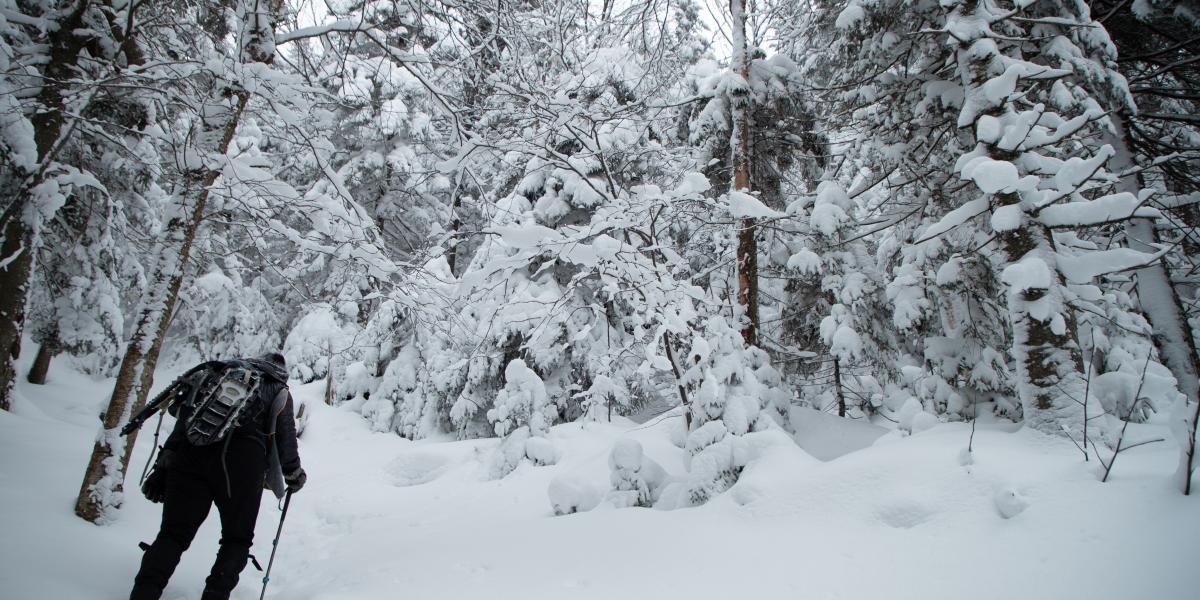 Take on the Saranac 6erSaranac Lake is a hiker's paradise with dozens of trails in and around townHikes in Saranac Lake
Take on the Saranac 6erSaranac Lake is a hiker's paradise with dozens of trails in and around townHikes in Saranac Lake -
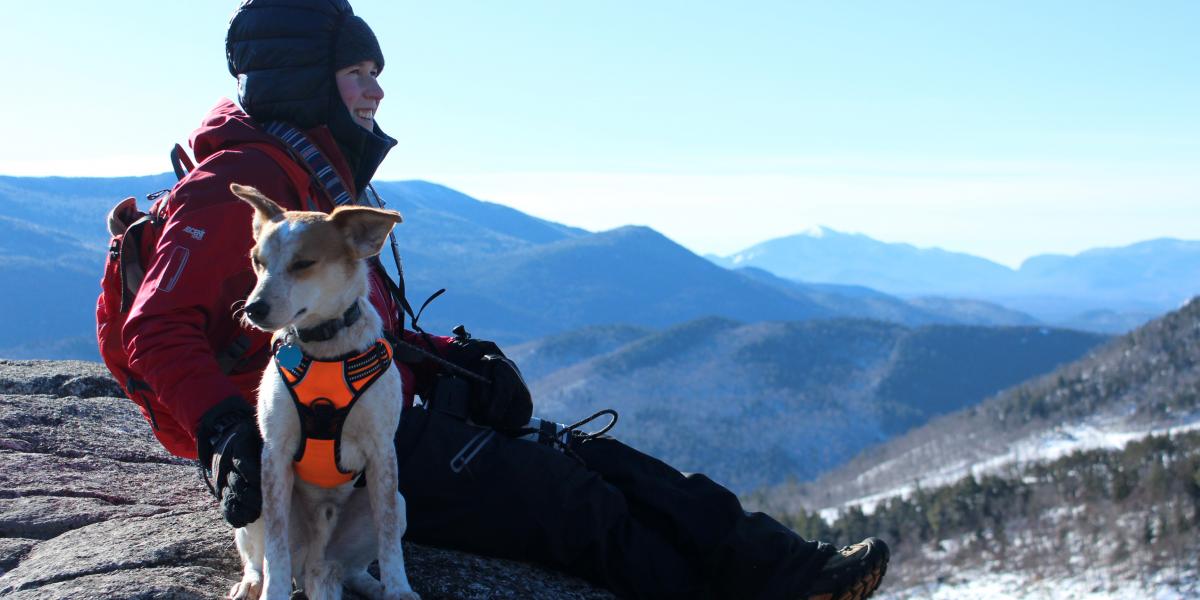 Hiking heats up near WhitefaceWhiteface may be known for its alpine skiing, but hiking opportunities abound as wellHiking the Whiteface Region
Hiking heats up near WhitefaceWhiteface may be known for its alpine skiing, but hiking opportunities abound as wellHiking the Whiteface Region -
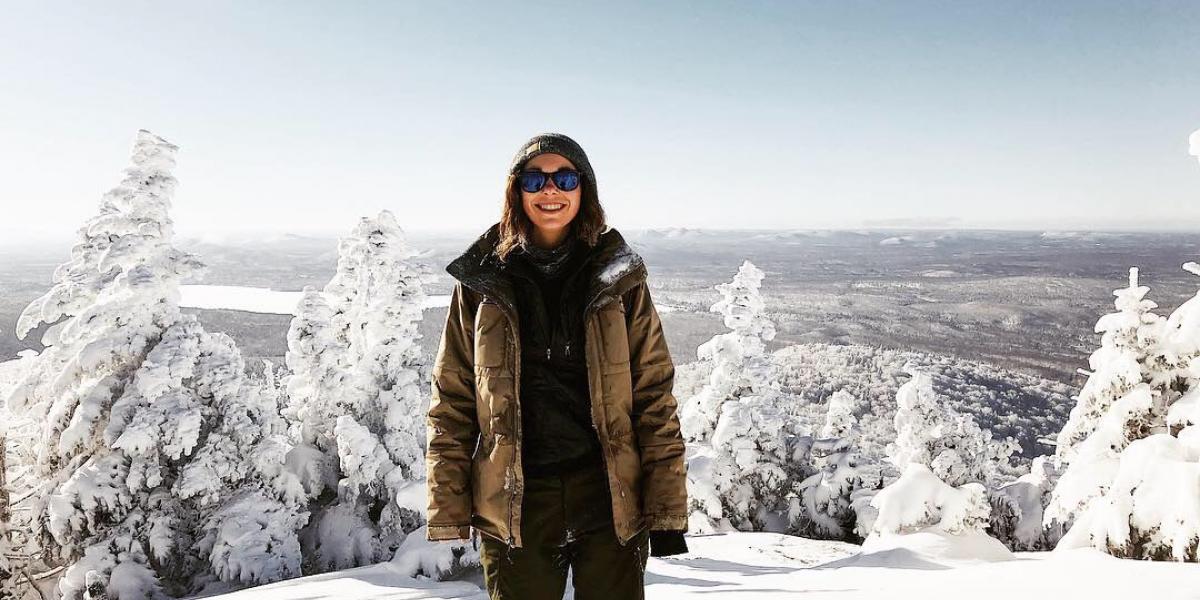 Mountain vistas near MaloneLocated in the St. Lawrence River valley, Malone offers access to all kinds of hikingNorthern New York hikes
Mountain vistas near MaloneLocated in the St. Lawrence River valley, Malone offers access to all kinds of hikingNorthern New York hikes -
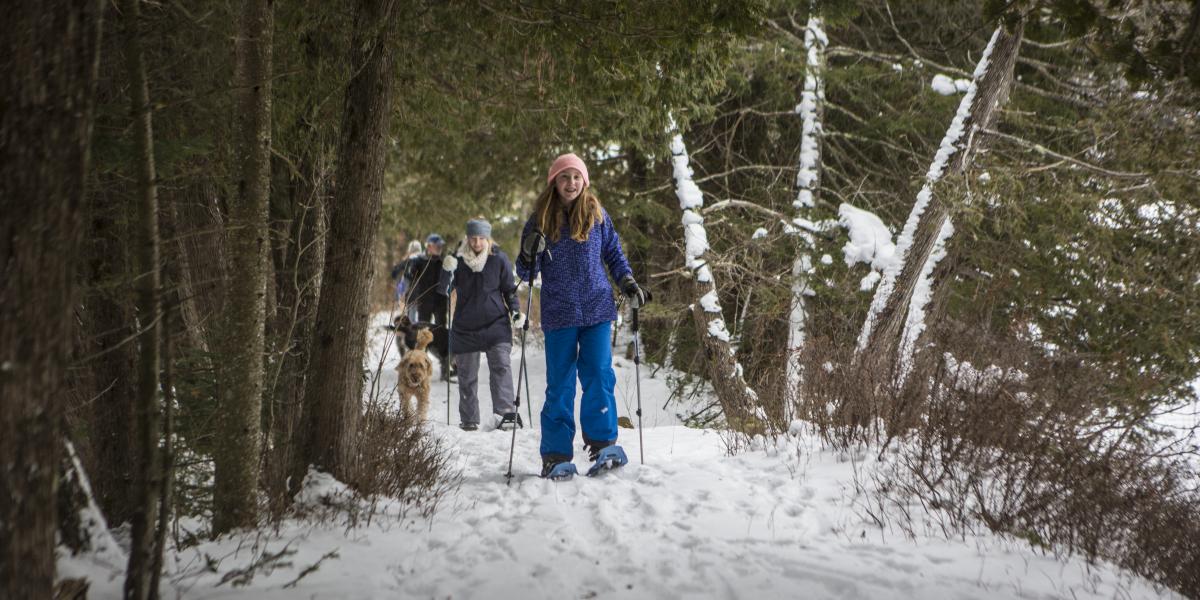 The Adirondack Hub has hikes for everyoneFrom fire towers to remote ponds, waterfalls to lake-side rambles, Schroon Lake has a hike that will make your whole family happyHiking ideas near Schroon Lake
The Adirondack Hub has hikes for everyoneFrom fire towers to remote ponds, waterfalls to lake-side rambles, Schroon Lake has a hike that will make your whole family happyHiking ideas near Schroon Lake -
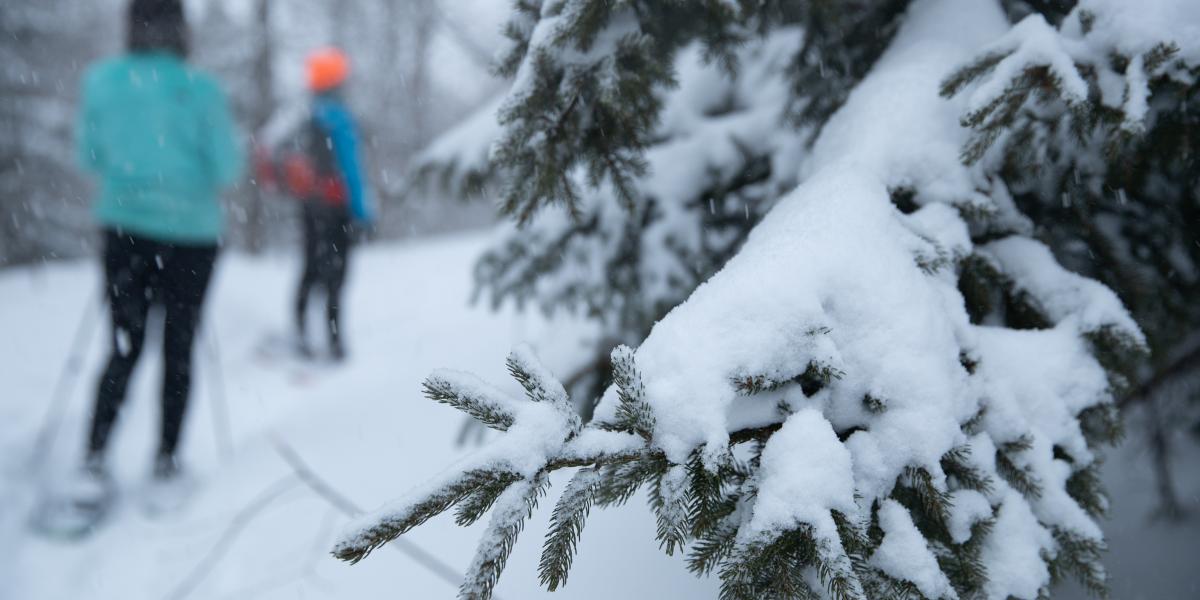 From lake to summitTake in views of two states, two mountain ranges, and Canada on a hike in the Lake Champlain RegionMore Lake Champlain hikes
From lake to summitTake in views of two states, two mountain ranges, and Canada on a hike in the Lake Champlain RegionMore Lake Champlain hikes
Winter Hiking in the Adirondacks
Winter hiking and snowshoeing offers the chance to see the Adirondacks in a whole new light, but it also comes with different risks and rewards than can be found in summer. With those changes also comes the added responsibility of being more fully prepared for the colder temperatures, shorter days, and increased risk.
Below are some tips on how to be better prepared for winter excursions into the backcountry so that you and your family can enjoy a nice outing and still be in good shape for dinner and a drink afterwards.
Leave No Trace

Whether hiking or snowshoeing, practicing Leave No Trace ethics is one of the most simple yet important things one can do to help preserve the beauty of the Adirondacks. Leave No Trace involves a number of ideals meant to limit the impact each individual has on an area. From walking on stable surfaces to packing out all your trash, LNT ethics can be applied in any wild place and can be followed in winter as well.
According to the Leave No Trace Center for Outdoor Ethics, there are seven principles people can follow that will help limit their impact on wild areas. LNT principles include respecting other users, minimizing campfire impacts, respecting wildlife, leaving what you find, disposing of waste properly, traveling and camping on durable surfaces, and planning ahead and preparing.
Winter preparedness

Being prepared for a winter trip starts well before you reach the trailhead. You should develop an itinerary of where you plan to go and leave it with someone you trust -- someone who will call 911 if you’re not back on time and you can’t be reached. Be sure to stick to this itinerary and sign in to the trail register.
While it may be satisfying to chug a big bottle of water on a hot summer day, staying hydrated in winter can be more difficult since you won’t feel as thirsty as on a hot day. But with cold air and very low humidity, hiking in winter can actually sap more water out of you than you may realize. When carrying water bottles, the top surface of water freezes first, so store your spill-proof water bottle upside down and the lid won’t freeze shut nearly as quickly. Keeping a bottle inside your jacket will also keep it from freezing, but your body will expend precious energy keeping the water warm.
You will also need to bring a lot of calories on your hike, as winter travel requires much more energy than a summer walk in the woods. From breaking trail through deep snow to burning calories just to stay warm, your body will require more fuel, so be sure to carry plenty of calorie-dense food that is unlikely to freeze.
Winter essentials

One should always carry the “10 Essentials” on any trip, but in winter it’s important to remember a few more things. Due to the shortness of the days, winter hikes and snowshoes often start before dawn. But even if you don’t start that early, it’s important to remember to bring a headlamp or flashlight since you may be getting back after dark, and in the mountains it gets dark well before the official sundown.
In some parts of the Adirondacks, snowshoes or skis are required by law when snow depths get deep enough, but even if tackling a lower peak or well-packed trail, snowshoes and traction devices -- such as microspikes or crampons -- should also be carried. It’s better to have something and not use it than to need something and not have it, and icy sections are much safer when you’re not slipping and sliding.
Starting out in the dark can also cause you to forget things like sunglasses, but snow blindness -- which affects eyesight due to the sun reflecting off the snow -- is a real danger on bright winter days. Ski goggles can also be used to help shade the eyes with the added benefit of wind protection. And while winter may not be beach weather, any exposed skin can get sunburned easily during the colder months, so be sure to cover up or bring along sunscreen and lip balm.
What to pack

Packing for a winter excursion is similar to a summer hike, just with a lot more stuff. Sure, you still need food and water and a map and compass, but there are some other items that should be on your back before leaving the trailhead.
- First, snowshoers and cross-country skiers venturing into the backcountry should have extra layers of clothes, including a hat, gloves, socks, and other clothes. Things can go downhill fast if you get wet in the winter, and having dry clothes to change into could literally save your life. Keep the extras in a plastic bag to ensure they stay dry.
- Make sure to carry a wind-resistant jacket or shell for your time on any summit, as the wind will likely be stronger in exposed areas, and you don’t want to be uncomfortable while munching a snack or taking photos of the unending beauty the Adirondacks offers.
- Extra batteries should be carried as well, as cold temps can drain battery life on everything from cell phones to GPS units much faster than in summer. Make it easier on yourself and ensure your headlamp, GPS, and everything else that uses batteries take the same kind so you don’t have to choose between AA and AAA while digging through your pack.
- Disposable hand and foot warmers take up virtually no room, don’t weigh a lot, and can be great for morale and mobility. And if you’re planning to cross any frozen water bodies then ice fishing safety picks are a must-have. They allow someone who has gone through the ice to get traction on the ice surface and self-rescue.
- A multitool and duct tape can also come in handy, as colder temperatures may make gear more brittle or likely to break. If you plan on travelling in avalanche-prone areas, you will also need a shovel, transceiver, and probe -- as will everyone you’re with.
- Regardless of how long you plan to be out in the backcountry, it’s best to prepare for the worst. So bring a sleeping bag or thick blanket just in case you have to spend an unplanned night in the woods.
- While hiking and snowshoeing in winter is wildly rewarding, it is also comes with additional risks than hiking in summer, when days are long and temperatures are high. But being prepared will allow you and your family to more thoroughly enjoy everything the Adirondacks has to offer.
There are hundreds of hiking trails in the Adirondacks that range from short and flat to long and steep - and everything in between! Check out the following links for hike ideas that everyone in the family can get behind.

